Wasn’t it Pretty?

Via stocksnap.com
We watched the sun rise over the horizon like a painter’s palette — Wasn’t it pretty?
The purples dripped into golds and reds like royalty speaking — Wasn’t it pretty?
You touched my face like a child smooths the petals of a sunflower before picking it,
Just as soft as a bunny’s nose and just as gentle — Wasn’t it pretty?
When our thoughts mingled into one and you reached out your hand to me
In the center, there was drawn the two-lipped figure of a heart — Wasn’t it pretty?
We walked together like mountains forming on an otherwise quiet plane
Thinking it was tectonic forces which had brought us together — Wasn’t it pretty?
Maybe one day the sun will rise again over the horizon and my face will feel like a sunflower before it is picked
Maybe one day another will offer me a heart on a palm and will we become new mountains rising from an otherwise quiet plane
Wouldn’t that be pretty?
The last lines of The Sun Also Rises by Ernest Hemingway have always struck me as being particularly poignant and provided the inspiration for the opening lines of as well as the repeating phrase of my ghazal:
“Oh, Jake,” Brett said, “we could have had such a damned good time together.”
Ahead was a mounted policeman in khaki directing traffic. He raised his baton. The car slowed suddenly pressing Brett against me.
“Yes,” I said. “Isn’t it pretty to think so?”
For those unfamiliar with the Hemingway canon (Spoiler Alert!), this story follows the romantic tragedy of two main characters – Jake Barnes and Lady Brett Ashley — across the exciting backdrop of 20th century France and Spain. The two might very well be the loves of each of their lives, but they spend the majority of their time scheming plots for one another’s romantic and career interests, until ultimately, they are each left alone — destined to live their lives apart. The Sun Also Rises is written from the point of view of Jake and so, at times, it demonizes Brett for her actions – namely not wanting to be tied down to a singular, impotent male figure for the entirety of her life.
My ghazal is written keeping the general idea of a shared but impossible love in mind, but I have left the both of the mentioned characters in the ghazal genderless — in keeping with Persian linguistic practices and to allow for ambiguity in who the characters might be. Unique to the poem, especially considering the way in which Hemingway demonizes Brett in favor of Jake, is the way in which sympathy is given to both characters. The speaking character remembers the unspeaking character fondly, and while there is clearly a longing for the love of the unspeaking character (which has been lost for some unnamed reason), they maintain hope that there might be another who will fill the vacancy that the absence of the love of the unspeaking character has left.
In terms of constructing the ghazal itself, the constants that I knew I wanted to keep throughout were: the use of vivid imagery with a tactile, emotional quality; a general theme of love that was alternately given and unrequited; and the repeating line which paid homage to another great work of art. Thankfully, I think that I have succeeded in keeping with these goals, although I did find the writing process to be more difficult than anticipated.
There are a few things I wish I could have incorporated into the piece and which I think might have contributed to making it better: I find that the English language is great for description and the inventive usage of words but it lacks the rhythmic and percussive nature of other languages which might have been traditionally used for a ghazal. Because of the musical-blending nature of the ghazal, I think it also might have been in keeping with authentic practices to have constructed a musical accompaniment for the poem, or even to have provided an audio component of the piece.
Regardless of any failings, I hope that you enjoyed reading the poem as much as I enjoyed writing it!
And if not, it is still very pretty for me to think that you have.




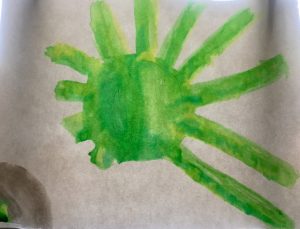

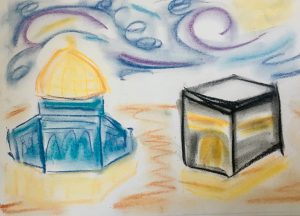
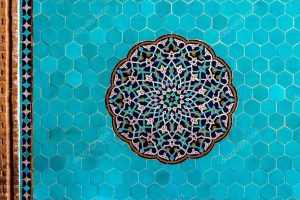
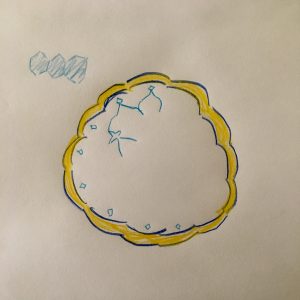
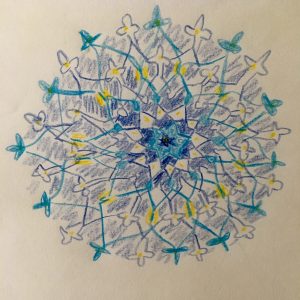
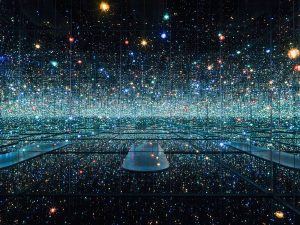


Recent Comments